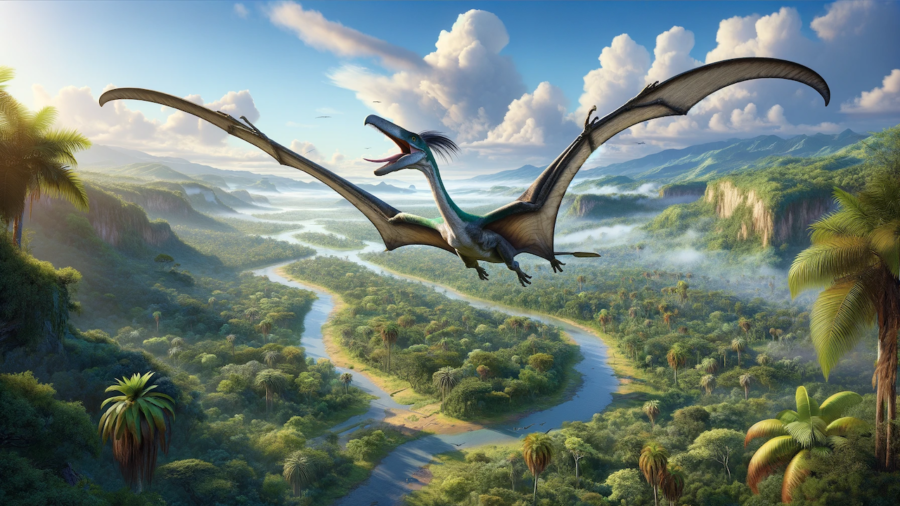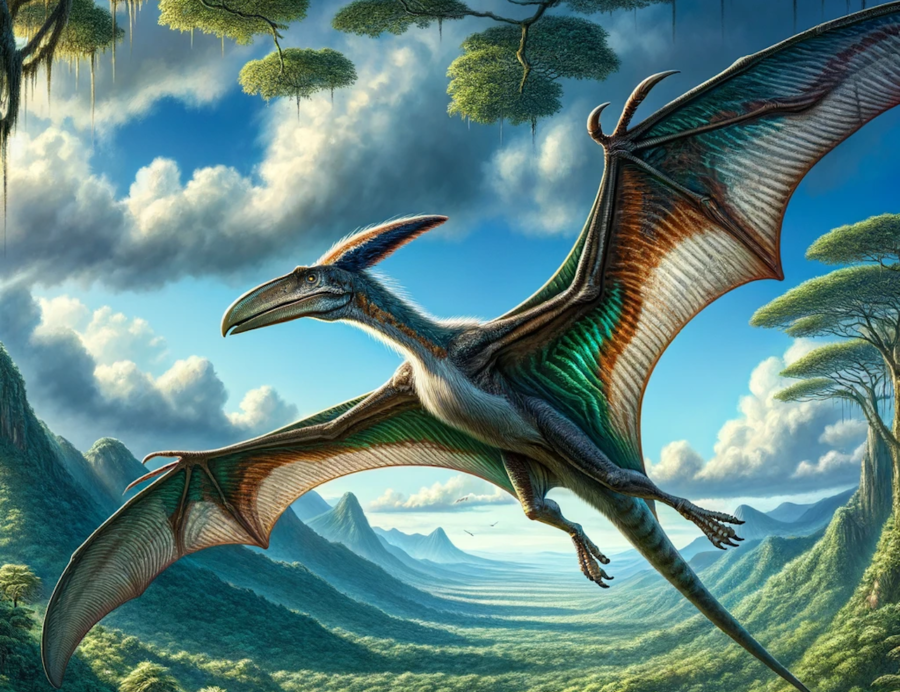The Largest Flying Dinosaurs Needed Prehistoric Runways, Just Like Planes

Sometimes, it’s tough to picture just how dinosaurs and prehistoric beasts roamed the Earth and flew around the skies. We can try to imagine it, but it’s for sure tough. But when we think about the actual mechanics of flight with these massive beasts, you have to start configuring the Earth to match their ability to take off and land. That’s the case with the biggest dinosaurs, though.
Back in 2012, archeologists in Texas discovered fossils of the biggest animal ever to fly in the history of, well, ever. Quetzalcoatlus, a mammoth flying pterosaur named after a serpent god, somehow managed to get off the ground, despite having a 34-foot wingspan, roughly the size an F-16 fighter jet.
The Quetzalcoatlus had a 34-foot wingspan, roughly the size of an F-16 fighter jet
Located in an area without a lot of tall cliffs from which to fling themselves, these behemoths used improvised prehistoric runways in order to get the speed necessary to get off the ground.
They ran along downward slopes so they could achieve the speed and power required for flight. This must have been one hell of a sight to behold. Imagine one of these giant beasts lumbering down the slope of a valley, flapping its wings, trying to fly.

This is the runway you wouldn’t want to be standing in front of or on when it was takeoff time. It wouldn’t be too different than standing out there on the open airfield in terms of danger.
Quetzalcoatlus would start running on all fours, rising up onto its hind legs as speed increased. Once it was traveling fast enough, the dinosaur would give a little hop, flap its wings, and begin soaring through the air like a lizard jumbo jet.
Quetzalcoatlus would start running on all fours, rising up onto its hind legs as speed increased.
This technique is favored by modern-day hang gliders. Like its present-day counterparts, Quetzalcoatlus also relied on updrafts to boost itself into the air and stay aloft once airborne.
A strong skeleton of hollow bones allowed what one researcher at Texas Tech University calls “a marvel of engineering.”
While taking off was an awkward proposition, landing presented another set of problems entirely. At 155 pounds, touching down involved a great deal of frantic flapping. Much like lift-off in reverse, Quetzalcoatlus would land on its back feet, and run for a while until it was able to settle back down onto all fours.
When it comes to discoveries like the Quetzalcoatlus, it’s actually easy to see why dragons became part of our stories and mythology over the years. Imagine you are living thousands of years ago and happen to stumble on the bones of something like this (or other) dinosaurs.
Reality is close to fiction when it comes to something like the Quetzalcoatlus. It needed a large take off area and you definitely wouldn’t want to be in the vicinity when it happened.











